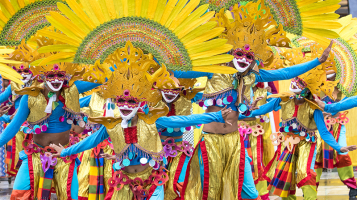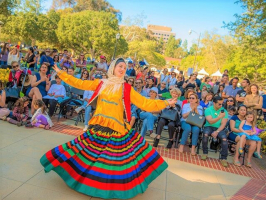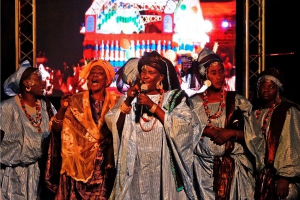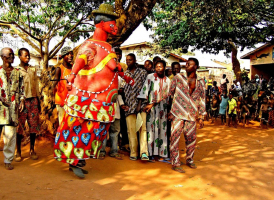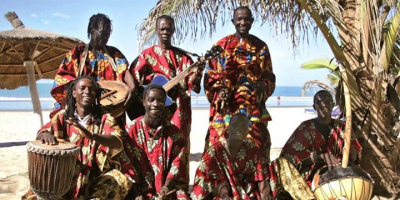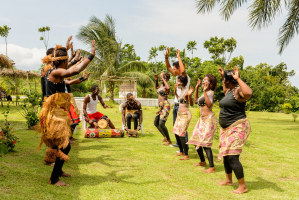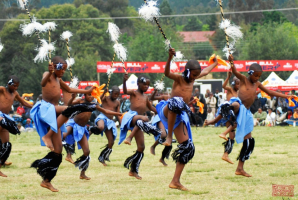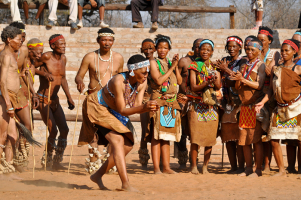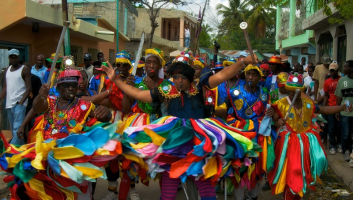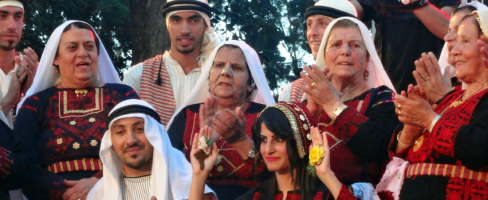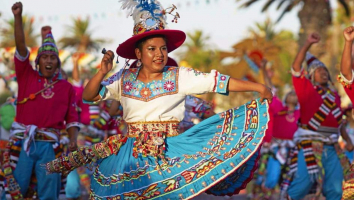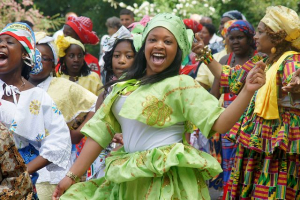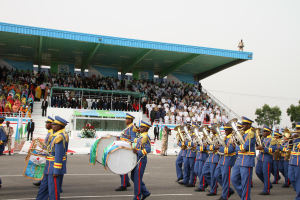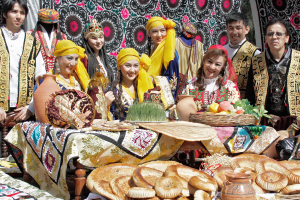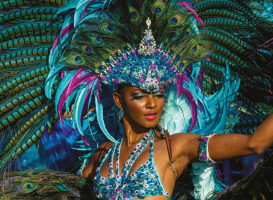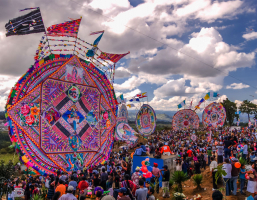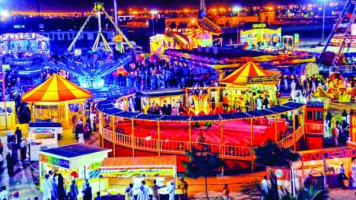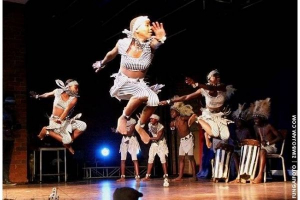Top 10 Most Famous Festivals in Japan
The many deities of Japan have been worshiped and gratified through traditional Japanese "matsuri" festivals since ancient times. Each matsuri celebration has ... read more...its own intriguing history and unique appeal, including dance, music, costumes, cuisine, and more. Let's find out the most famous festivals in Japan with Toplist right now!
-
Awa Odori, Japan's greatest traditional dance festival, is held in Tokushima City, in the remote prefecture of Tokushima on Shikoku Island. The Awa Odori, which takes place over many days in mid-August and has a 400-year history, is one of Japan's Three Great Bon Odori events, which are all large-scale traditional dances held during the midsummer holiday of Obon.
Awa Odori incorporates coordinated dance ensembles called "ren." There are a variety of ren of all sizes, including amateur ren made up of locals, highly trained professional ren, and ren made up of kids or firm personnel. Each ren has a men's and women's dance, with the men wearing traditional clothing and stockings and the women wearing a yukata and traditional straw cap with wooden clogs. Men's dance is intense and dynamic, but women's dance is polished and exquisite. Awa Odori is also known for its unusual duple time music, which is performed by a band that includes bells, flutes, shamisen, and taiko drums among other instruments.
Location: Tokushima, Japan
Date: Mid-August
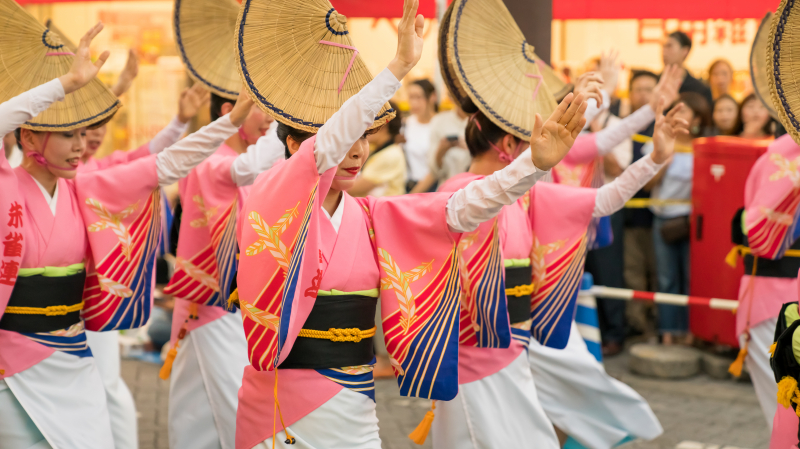
Source: Japan Cheapo Source: NHK WORLD-JAPAN -
Tanabata, also known as the Star Festival, is a major seasonal Japanese festival that begins on July 7 and lasts until mid-August (depending on the area and region). People will write their wishes on strips of rectangular "tanzaku" paper and hang them on bamboo leaves while praying to the stars during this time. Colorful streamers and bamboo leaves will be used to decorate streets, shopping arcades, residences, and stores, creating a lively, magical ambiance. They are only allowed to meet once a year, on the seventh day of the seventh lunar month, according to the lunisolar calendar, which marks the start of Tanabata.
The Sendai Tanabata festival was founded by Sendai's famed samurai founder Date Masamune and is still one of Japan's most spectacular festivals today. Sendai and its environs are wrapped in a tapestry of beautiful handmade Tanabata decorations, including bamboo, origami, tanzaku paper, drawstring bags, and streamers, during this time. Many are big and showy, with thick meter-long streamers strung from huge bamboo stalks being the most eye-catching. This is why it becomes one of the most famous festivals in Japan.
Location: Sendai, Japan
Date: August 6th - August 8th
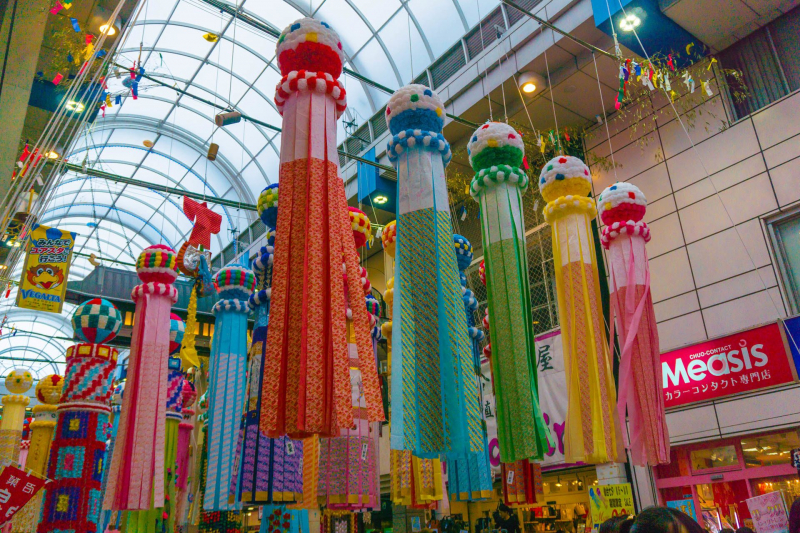
Source: Pages of Travel Source: Two Second Street -
The Aomori Nebuta festival is centered around massive, dramatic "nebuta" paper lantern floats designed in the shapes of deities, legendary animals, kabuki actors, and more. It is one of northern Tohoku's most notable events. During early August, the Nebuta festival is held in practically every region of Aomori Prefecture, with Aomori City, Hirosaki, and Goshogawara being popular spots to observe it. "Haneto" dancers surround the floats, doing an energetic performance timed to music and dressed extravagantly.
While most of these celebrations feature little lanterns drifting down rivers, those in Aomori have grown into huge sculpture-like nebuta lanterns that may reach up to 5 meters tall and 9 meters wide. It is one of Japan's largest events and one of Tohoku's Three Great Festivals, with over two million people expected to attend.
Location: Aomori, Japan
Date: Early August
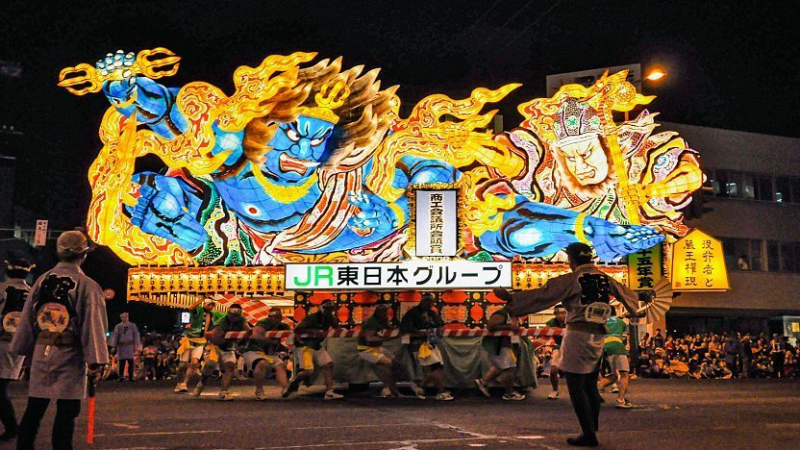
Source: Japan Guide Source: TokyoStreetView - Japan The Beautiful -
The Sapporo Snow Festival, which aims to make the terrible cold of Hokkaido's mid-winter bright and enjoyable, showcases hundreds of gigantic and exquisitely crafted ice and snow sculptures embellishing the city of Sapporo. The festival's primary location is Odori Park, but the surrounding Susukino area and the Tsu Dome in Higashi Ward both have a beautiful range worth seeing.
The Sapporo Snow Festival has a brief and humble history when compared to many of the other festivals on this list. It began when a group of local high school students began creating sculptures out of snow that had been plowed and discarded in Odori Park. It is definitely one of the most famous festivals in Japan.
Each year, more professional and enthusiastic sculptors would arrive to try to outdo each other, rapidly expanding the event's scope. Beautiful illuminations, projection mapping, ice skating, food stalls, snow slides, and more add to the festival's allure, making it well worth battling the cold for!
Location: Sapporo, Japan
Date: Late January - Early February
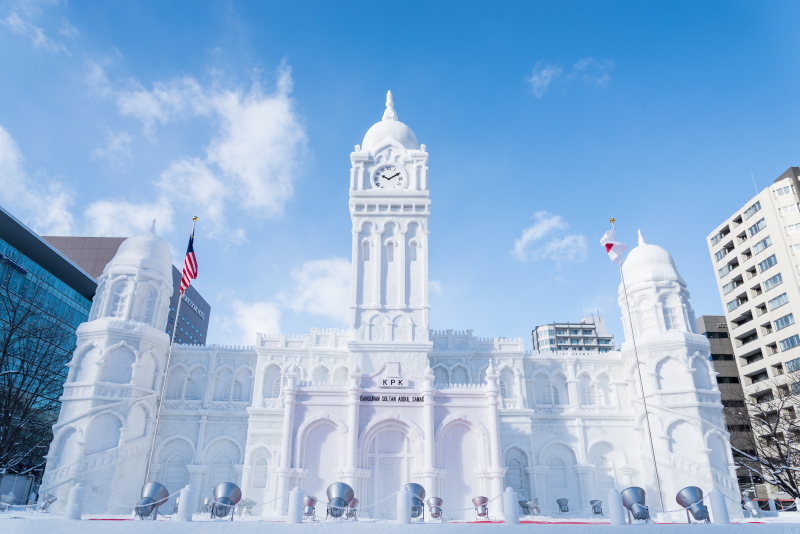
Source: Japan Cheapo Source: Jason Is Lost In Japan -
The Hakata Dontaku festival, celebrated annually on May 3-4 in Fukuoka, Kyushu, is one of Japan's most prominent Golden Week (holiday period in late April/early May) festivities. The streets are taken over by elegantly costumed dancers, many of them carrying the festival's signature wooden "shamoji" spoon, as well as gorgeously painted "hana jidosha" floats, throughout the festival.
The word "dontaku" is thought to come from the Dutch word "zondag," which means "Sunday" or "holiday." During the Meiji Period (1868-1912), the name was first used in Japan to refer to the first and sixth days of each month, which were designated official holidays between 1868 and 1876.
In Hakata Dontaku festival, there are currently around 650 Dontaku groups with over 30,000 performers and up to 2 million spectators!
Location: Fukuoka
Date: May 3rd - May 4th
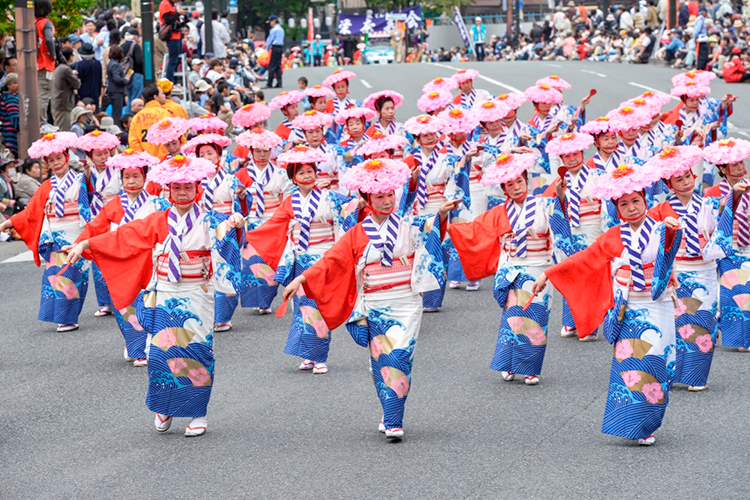
Source: Japan Travel Premium Source: The Japan FAQ -
The Nagasaki Lantern Festival has grown from humble beginnings as a Chinese New Year celebration to a dreamy display of over 15,000 lanterns that transform the city into a tapestry of blazing reds and vibrant yellows. The celebration, which takes place during the Lunar New Year, draws over a million tourists to Nagasaki City's Chinatown and surrounding areas to see the lanterns, as well as fireworks, traditional dances, theater performances, and other activities.
After impressing other Nagasaki residents, the festival was expanded and remodelled in 1994 to include all people, fast becoming one of Kyushu's most well-known winter symbols. The Nagasaki Lantern Festival lasts around two weeks and takes place in late January and early February, depending on the weather. The Nagasaki Chinatown, Central Park, the Chinese district of Tojinyashiki, and Kofukuji Temple are among the seven prominent areas illuminated with lanterns.
Location: Nagasaki, Japan
Date: Late January - Early February
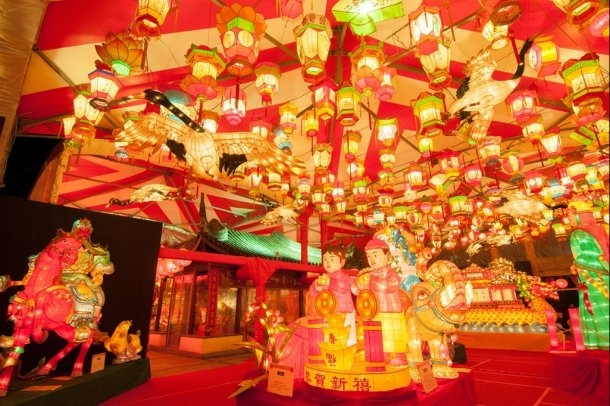
Source: VISIT Nagasaki Source: High Adventure Nagasaki -
Kishiwada Danjiri festival is one of Japan's most well-known Danjiri Matsuri celebrations. The event is a procession in which big wooden shrine floats are towed by a large team of men at a fast speed. The Danjiri festival is mostly separated into two parts. The first, which takes place in September, is the more well-known of the two. The second, which takes place in October, is less well-known but features more Danjiri. The September Festival is split into two halves. The Kishiwada danjiri, which extends from the Nankai line down to the beach and is centered around the Castle, is the most well-known. The other Danjiri festival takes place at Haruki Town, with its focus on Nankai Haruki Station.
There are 34 Danjiri participating in the September Festival. Danjiri festivals are held in the towns between the Nankai railway and the mountains in October. These involve 47 Danjiri and are centered on the Kumeda, Shimomatsu, and Higashi-Kishiwada JR stations. There are 81 big wooden carts in the city, each carrying a portable shrine known as a danjiri.
Location: Kishiwada, Japan
Date: Mid-September
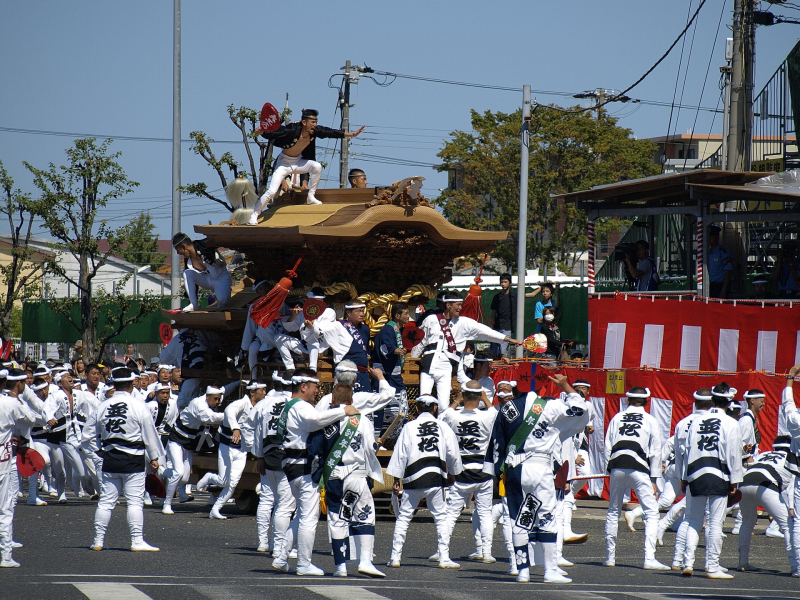
Source: Wikipedia Source: Nippon TV News 24 Japan -
The Tenjin Festival in Osaka, ranked as one of Japan's top festivals, is known for its dual land and river processions, which are capped off by a spectacular fireworks display. While the festivities stretch for a month, the major event takes place on July 24-25, with over one million people expected to attend.
Tenjin festivities, which have a 1,000-year history, are conducted on the 25th of each month at Tenmangu Shrines around Japan to commemorate the deity of scholarship, Sugawara Michizane.
The processions on the 24th, with drums and men wearing red hats crowding the streets in the afternoon to signal the conclusion of festival preparations, are also worth seeing. On the 25th, a 3,000-strong costumed audience will march from Tenmangu Shrine, led by red-hatted men who will bang taiko drums while balancing on see-saw-like supports. It makes for an exciting two days in Osaka, with plenty of dances, unusual costumes.
Location: Osaka, Japan
Date: Late June - July 25th
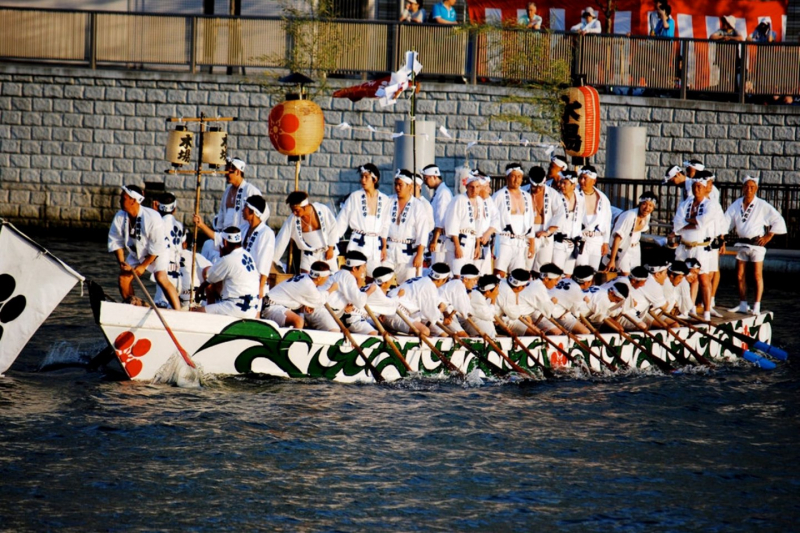
Source: Japan Travel 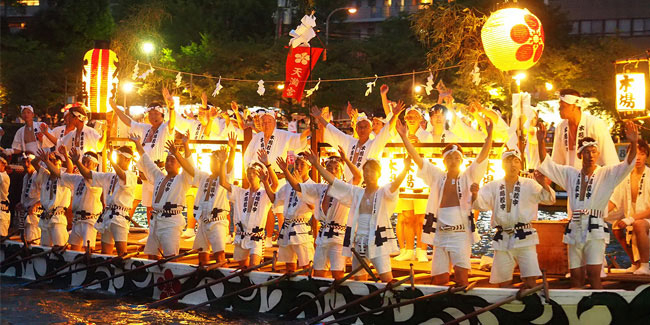
Source: webplus.info -
Another of the most famous festivals in Japan is the Gion festival. Its history stretches back to 869, when the Emperor ordered a festival to appease the gods and prevent pestilence. Since 970, it has been held every year.
The Gion festival is well known for the stunning float procession on the 17th and 24th of July, as well as the smaller "yoiyama" events on the evenings before. The enormous "yama" and "hoko" floats used in the main processions are displayed outdoors during the yoiyama with their lanterns illuminated and Gion-bayashi traditional music playing. There's plenty more going on in July, so see what events coincide with your visit.
Locals and visitors alike dress up in their nicest kimonos and parade throughout town during the Gion festival. The jovial yet deeply spiritual atmosphere, surrounded by the ancient, retro streets of Kyoto's geisha district, offers an intimate encounter with the soul of Japanese culture. Kyoto, as one of Japan's cultural centers, hosts a variety of additional matsuri festivals throughout the year.
Location: Kyoto
Date: July
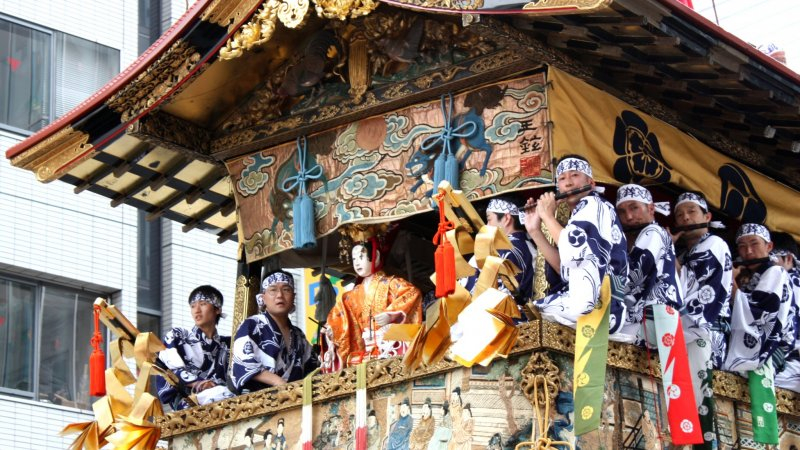
Source: Japan Travel Source: Discover Kyoto -
One of Tokyo's largest Shinto festivities is Kanda festival. Kanda Myojin Shrine in Tokyo's Chiyoda City began holding it during the Edo period, and it now spans Kanda, Nihonbashi, Akihabara, and Marunouchi areas. During this time, the streets are dominated by over 200 mikoshi, thousands of participants, and thousands of onlookers. On odd-numbered years, the full "honmatsuri" is held, whereas on even-numbered years, a simplified version is held. The main attractions, which are supplemented by events throughout the week, usually take place on the weekend closest to May 15, with day-long processions on Saturday and mikoshi parades on Sunday.
The Gion festival's beginnings are unknown, however it is thought to have existed in some form during the construction of Kanda Myojin Shrine in 730. Tokugawa Ieyasu visited Kanda Myojin Shrine in 1600 to pray for his victory in the Battle of Sekigahara, and this is when the contemporary version of the shrine was born.
Location: Tokyo
Date: May
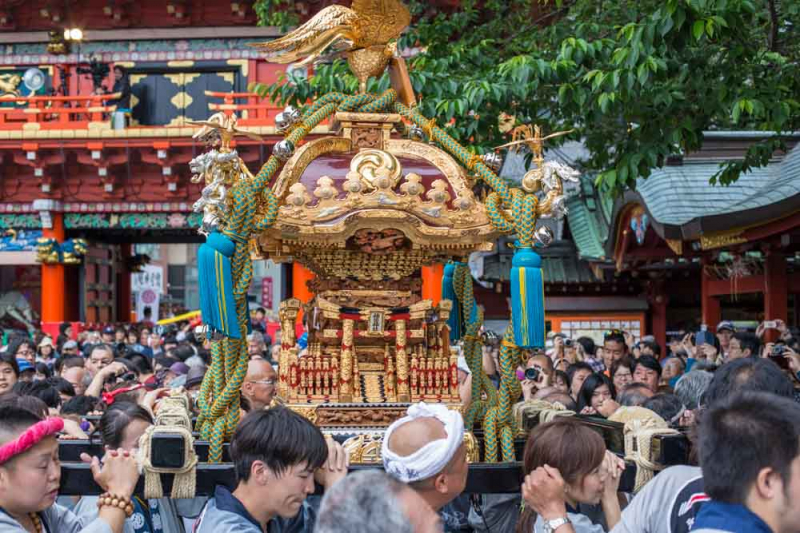
Source: Japanistry.com Source: Motion Travel












